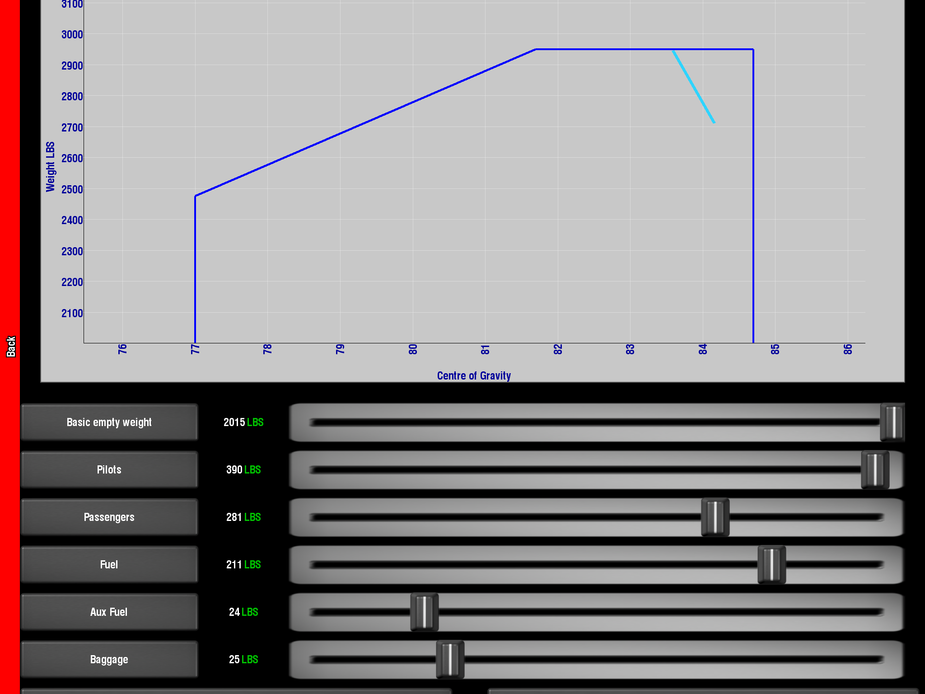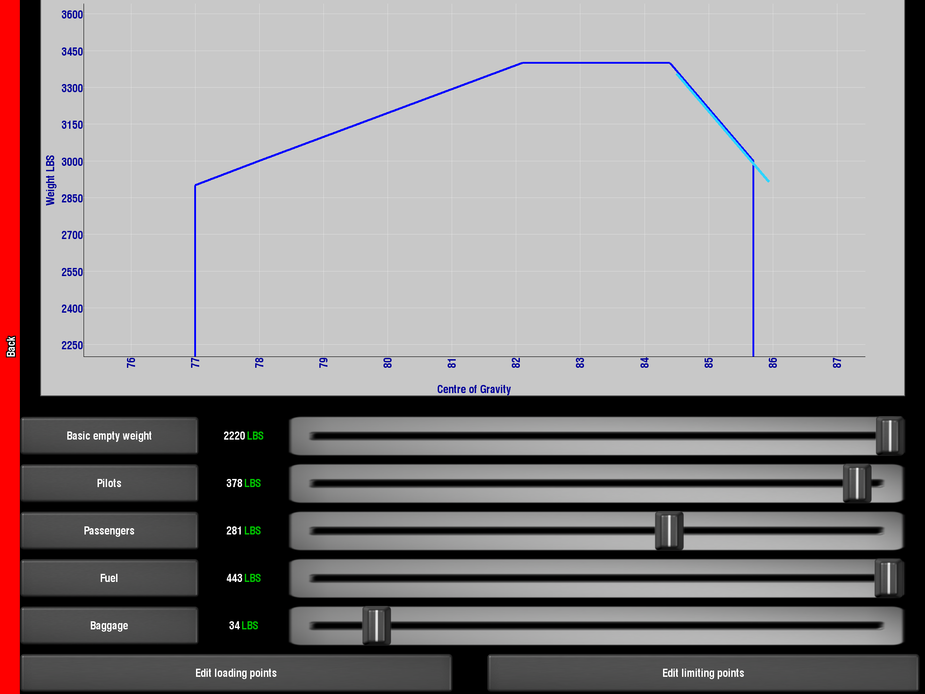Well after three months of looking in the USA with expert input by @NCYankee, the market for the S35 and V35/V35A is quite heated. Once you filter out damage history, project aircraft (run out major components or panel), or over priced examples (sometimes by 50%), the remaining cohort get snapped up in the first hour.
Around 60 plus examples have been listed these winter months, but once you apply sensible filters, this reduces to around half a dozen.
A very nice S35 is today the classic SS Camaro muscle car of the SEP class, especially with an IO-550.
The other hot market is the 182B, they have doubled in value in the last year, and go for similar values of an S35 – $115k +/-
Budget and economy wise a very nicely maintained M35 may have to be in the cards. You sacrifice some modernity but these typically weigh 250 lbs less empty, and have a longer TBO and will get 165 KTAS on 13 usgph which is not shabby. They also are around 40-50% cheaper.
You do lose some useful load, but the CG empty means you can use all of it, unlike a lot of the later V35B where the empty CG may have drifted back 4 inches plus, in some cases, compared to an M35, and you run out of aft CG.
The damage history thing is something American’s are big on. It’s quite acceptable to do this in America as you have a wide choice, usually, and can afford to find another. From an operational point of view an aircraft with damage that is repaired properly makes no odds. My old Cessna I kept for 700hrs was crashed 5 times, and it was considerably faster and lighter than others I flew it alongside. I’d be more concerned about an aeroplane where the actual (not calculated) empty weight ballooned over the years. It is easy to establish how well any repair has been done, and I won’t lose a deal over previous damage.
@WilliamF this is in part why my research switched from a Skywagon 180 to a V-tail. On average it is much more probable that a ‘modern’ V-tail (depends if you start with the N35 or S35, or post E-225 variants), will have complete logs, no damage history and has always been in a hangar. Also a good chance it lived in a US state with close to zero humidity (Arizona, New Mexico, Utah, Colorado, Nevada)!
You then can argue the build quality of the Bonnie vs other manufacturers, and finally the Skywagon and the early 182 in good condition now cost more than its contemporary Bonanza.
With around 10,000 Bonanzas the opportunity set is much larger than a C180, and you can cruise home at 165 KTAS:)
If you get bored looking at Bonanza’s will you try to find me:
Damaged Cessna 210N with damage to wings and/or the tail. 
I’ll share a container if you find one!
@WilliamF was hoping to fly the Bonanza back, keep it in the USA until the northern VFR route re opened (2050?). Worst case St John’s to Shannon :)
The MAUW steadily increased in the later Bonanzas. The K/M35 had a MAUW of 2950 lbs, the N/P35 increased to 3125 lbs, the S35 3,300 lbs, and the V35 onwards, 3400 lbs. EW also increased from around 2000 lbs, typically in a K or M, to 2250lbs or more in a V35B. As mentioned empty CG tended to move back with later models, although one can find with patience a V35 with an empty weight of 2100 lbs and an empty CG of 78 in, which delivers an honest four person full fuel aircraft.
Using the helpful easyVFR M&B here is a loading of an M35. (2015 lbs empty 78 in)

This equates to two couples, minimal luggage and two hours VFR with reserves.
Here is a loading of a V35A (2220 lbs empty 80.7 in), showing how the fuel burn tracks the slope of the aft CG in the later models.

Beechcraft didn’t weigh all the production so a lot of M&B are based on equipment changes without an actual re weighing, invariably with some arithmetical mistakes along the way.
Beechcraft created a more spacious cabin with the S35 onwards, to compete with the 210, and there are excellent publicity photos of later Bonanzas carrying six adults, presumably with enriched uranium in the propeller spinner to overcome the aft CG.
WilliamF wrote:
My old Cessna I kept for 700hrs was crashed 5 times, and it was considerably lighter than othersDo you mean all planes should be gently crashed every so often so unnecessary junk is removed in the process?

I mean a heavy aircraft will always be a pig. A crashed aircraft will not necessarily be a dog.
I think the P series are indeed the a sweet spot amongst V-TAIL Bonanzas but, as far as Bonanza line goes, the A36 is the sweetest spot as it has hardly any disadvantages over other models and many advantages:
1. Best W/B envelope. It is VERY difficult to get out of CG in an A36.
2. No issue with magnesium ruddervators (which are VERY difficult to find if needed to be replaced due to corrosion). A36 uses magnesium elevators which can be replaced with aluminum. In a V-tail, only magnesium can be used but these are no longer made. If yours are corroded and can’t find replacement in used market, you are screwed.
3. Best cabin utilization (barn door) makes it super easy to load/unload. It is an SUV with wings.
4. IO-520 or IO-550 engine choices.
5. Only marginally slower than a V-tail (2-3 KTS).
6. Still in production (albeit its days are probably numbered)!
7. Much improved tail wag tendencies (especially if you have yaw damper).
Disclaimer: I own A36 so I have a bias but flown them all. However, V-tails look COOL!
This gentleman has done a very nice job of updating a P35, although it is now outside my budget.
https://www.barnstormers.com/classified-1646063-1963-P35-Bonanza.html?catid=16770
Why not a BE-36?
They are typically a significant value premium over the equivalent short body version. On average $50k plus, so unless you are regularly carrying four adults and luggage, the expanded envelope may not be worth the premium. The F33A in turn carries a premium over the V35B, so the premium over a V tail is significant.
It may be pilot technique, or the effect of the stretch of the fuselage and the higher empty weight/higher lbs/HP, but the BE-36 has a reputation for requiring extra runway on take off. Again the ability to fill a larger cabin, higher MAUW, may result in the type having perhaps more take off mishaps.
The early 1970’s Beech 36 have a reputation for being lighter. The current G36 has around 1,000 lbs useful load which is less than most later Bonanzas which boast 1,150 lbs or more with tip tanks.
This youtuber owns an A36.
Finally it is the aesthetics of the classic V-tail. My search over the last few months left me concluding that the V35/V35A 1966-1969, are amongst the nicest examples. Nice examples when they come up get sold within an hour, and they have good UL with a CG around 78 inches meaning they are honest four adult full fuel 170 KTAS tourers. I think of them as a type that will hold their value.
The F33A tends to have less UL and CG around 81-82 inches, in effect a three adult aircraft. So the trade off between V tail and conventional is more nuanced. The ruddervator requires hangarage (without sharing the space to avoid hangar rash) and careful monitoring for any corrosion. Textron are considering producing them as OEM spares again, although unclear if this will happen. Cost probably $20k a pair plus. As @BonanzaBart points out you are relying on donors from damaged aircraft, if you need to replace them.
The V tail owners tend to affectionately refer to the conventional tail Bonanzas as the Beechcraft Arrow (33) or Lance (36). :)